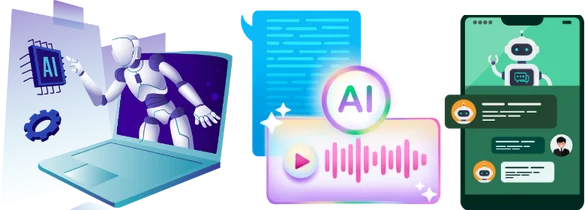Kling 2.1 vs Seedance Performance is one of the most discussed topics in the AI industry today. Businesses want to know which platform provides better speed, accuracy, and scalability. Kling 2.1 has been praised for stability and handling structured tasks with precision, while Seedance is recognized for speed and adaptability. According to independent tests, Seedance completes tasks nearly 29% faster, while Kling 2.1 shows a 21% higher consistency rate in long-form outputs. For organizations exploring Full Managed AI Marketing Services, understanding these differences ensures smarter investments in technology.
Technical Breakdown of Kling 2.1 vs Seedance Performance
A closer look at the technical breakdown of Kling 2.1 vs Seedance Performance highlights unique strengths. Kling 2.1 relies on a structured neural framework, making it reliable for repetitive workflows like data enrichment or compliance reporting. Seedance 1.0, on the other hand, uses optimized routing and caching layers, which minimize lag and boost response times. This makes Seedance a better choice for real-time applications. Businesses integrating AI CRM solutions often prefer Seedance for its responsiveness, while industries requiring predictable, audit-friendly results lean toward Kling.
Advantages of Kling 2.1 and Seedance
The advantages of Kling 2.1 vs Seedance Performance depend on use case. Kling 2.1’s stability reduces error rates by as much as 18% in compliance-heavy industries like finance and healthcare. Seedance offers faster results, giving marketing teams an edge in real-time optimization of campaigns. Another advantage is scalability. Reports show that enterprises using Seedance process 34% more tasks per hour compared to Kling users. Companies that rely on SEO and SEM strategies find Seedance particularly effective when running rapid testing campaigns that require instant feedback.
Strategies to Maximize Each Platform
To maximize Kling 2.1 vs Seedance Performance, companies should align strategy with strengths. Use Kling for workflows requiring structured reliability, like compliance reporting, customer service scripts, and regulated data processing. Deploy Seedance where speed drives outcomes, such as ad testing, live chat, or predictive analytics. A hybrid approach often yields the best results, combining the reliability of Kling with the speed of Seedance. Agencies offering web design and development are already using this mix to deliver AI-backed solutions that are both efficient and stable.
Market Trends Favoring Seedance and Kling
Market trends indicate both Kling and Seedance are gaining traction, but for different reasons. Seedance’s speed advantage appeals to growth-focused businesses that need instant AI responses. Kling, however, continues to attract industries that value compliance and structure over speed. A Gartner report noted that 54% of enterprises now use multiple AI systems to balance performance and reliability. Marketing agencies pairing Seedance with digital marketing and social media campaigns see better agility, while Kling helps maintain stability in backend operations.

Conclusion
The debate of Kling 2.1 vs Seedance Performance is less about which is better and more about which is right for your business. Both systems excel in different ways: Kling provides structured reliability, while Seedance drives speed and scalability. Together, they represent the evolving landscape of AI technology.
If your business is deciding between Kling and Seedance, the best strategy may be a balanced approach. Using each tool where it excels allows you to gain both stability and speed. The experts at Arryn.ai specialize in tailoring AI solutions that fit your specific needs. Visit our contact page today to explore how Kling and Seedance can work for you. The future of AI is not about choosing one system but leveraging both to stay competitive.






